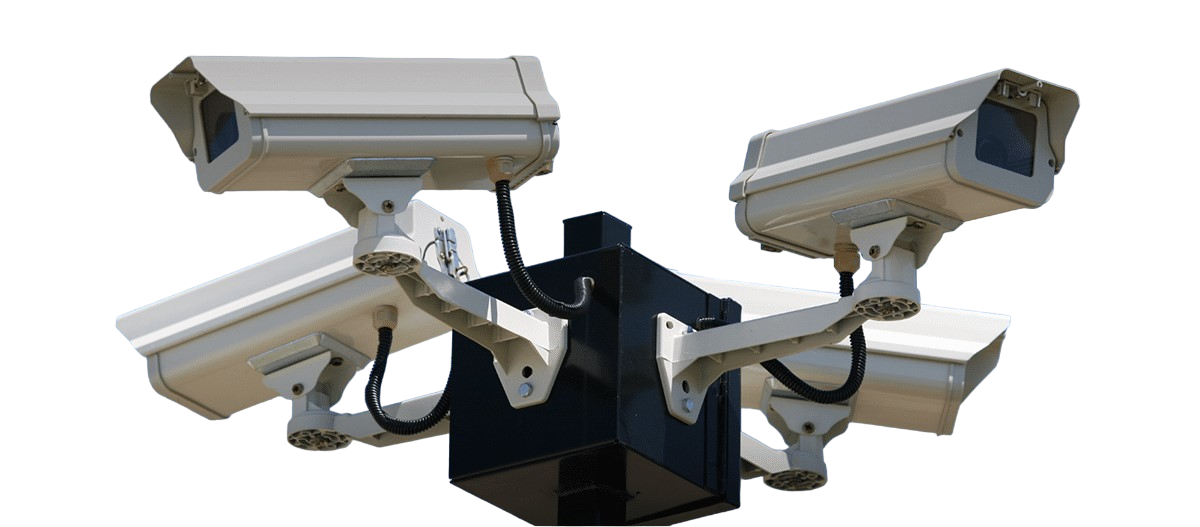
Safe area outdoor cameras play a crucial role in enhancing security and surveillance in the oil and gas, and maritime industries. These cameras are specifically designed to withstand harsh environmental conditions and provide reliable performance in challenging settings.
Key features and benefits for these industries:
- Durability: Built to withstand extreme temperatures, corrosion, and vibration, ensuring continuous operation in demanding environments.
- Weatherproofing: Protected against rain, snow, and high humidity, ensuring reliable performance in outdoor conditions.
- Remote monitoring: Allow for real-time surveillance and control from remote locations, enabling timely response to incidents.
- Integration with security systems: Seamlessly connect with other security components, such as access control systems and alarms, for a comprehensive security solution.
- Advanced analytics: Utilize features like facial recognition, license plate recognition, and intrusion detection for enhanced situational awareness and incident response.
Common applications for safe area outdoor cameras in oil and gas, and maritime:
- Offshore platforms: Monitor critical equipment, detect unauthorized access, and support emergency response.
- Onshore facilities: Surveillance of pipelines, storage tanks, and processing plants to prevent theft, vandalism, and unauthorized entry.
- Maritime vessels: Security, navigation, and monitoring of cargo and personnel.
- Hazardous areas: Monitor operations in areas with flammable gases or vapors, ensuring safety and compliance with regulations.
- Perimeter security: Protect the boundaries of facilities and deter unauthorized access.
By leveraging the capabilities of safe area outdoor cameras, businesses in the oil and gas, and maritime industries can enhance security, improve operational efficiency, and mitigate risks.

